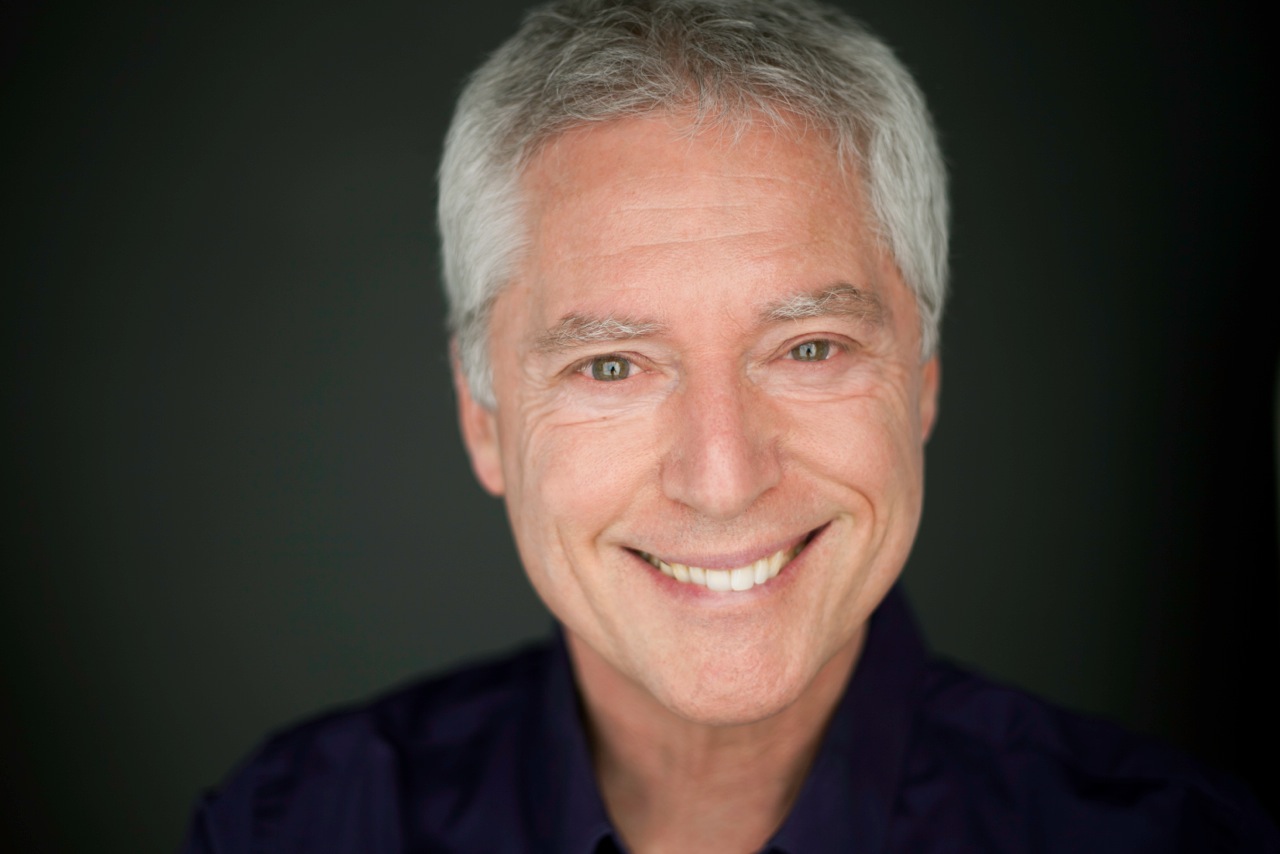Graham Lock
Over the last few years I have participated in a number of retreats, ranging from two months to a few days. And I have developed some pretty firm views on what is most useful to me and is what least useful to me. On my list of ‘least useful’ comes the dharma talk. Often I have found the hour or so each day customarily devoted to listening to a lecture from the teacher to be at best a good opportunity to cultivate patience. Such talks tend either to repeat stuff I have heard many times before, or to overload me with information unnecessary for doing the practices the retreat is focused on. Guided meditations also often do not work for me.
The pace of the guidance instructions from the teacher often does not seem to match the rhythm of my practice, and the teacher’s voice either interrupts me while I am still trying to carry out earlier instructions or distracts me when I am already in the flow of the practice. What I like is to be given clear, succinct instructions for the practices and then to be left to get on with them. I don’t mean to criticize teachers here. From talking afterwards with other participants on such retreats, I know that some of them found the talks inspiring and informative, and the guided meditations very helpful. So these are just my problems.
Alan Wallace has an international reputation as a scholar and dharma teacher, and he was strongly recommended to me by dharma friends. So I duly registered for the Samatha retreat led by Professor Wallace organized by the Centre of Buddhist studies at Hong Kong University from 22 to 26 January.
When I arrived at the retreat venue at HKU’s Kadoorie Centre and read through the program, my heart sank. Most of the time each day was to be taken up by lectures from Alan Wallace, with a few guided meditation sessions of just 24 minutes. It seemed I would have plenty of opportunity to practice patience during the long lectures. And what was the use of just 24-minute long guided meditations, when it sometimes takes me as long as 15 minutes just to settle properly?
How wrong can you be?!
It is true that the lectures covered a certain amount of familiar ground – or ground that I thought was familiar – but Professor Wallace unpacked terms and concepts such as samatha, awareness, attention, vipassana, mindfulness, dhyana, consciousness, bhavanga, alaya and rebirth giving new (to me) insights and making connections I was unaware of. Although Professor Wallace was upfront about his primary commitment to Mahayana in general and Dzogchen in particular, his approach to cultivating samatha also drew heavily on Theravada theories and practices, with extensive references to Pali suttas and to Buddhagosa, which I greatly appreciated. Most importantly, almost everything he talked about was made relevant to contextualizing and understanding the practices we were doing, and the meditation sessions fitted seamlessly into the lectures. Unusually for me, during most of the 24-minute meditation sessions I was able to settle quite quickly and found the guidance instructions generally useful. In the last few sessions in which practices unfamiliar to me were introduced I did struggle a bit, sometimes being unable to stabilize or even properly get started with one practice before we were rushed on to the next, and there was more detailed information about experiences to be expected much further done the path than I needed. But I recognize that we were just being given a taste of different practices that we would need to spend very many hours on later to develop.
Professor Wallace was not reluctant to express his own convictions regarding such matters as incorrect definitions of mindfulness, practicing ‘vipassana’ without a basis in samatha, the scientific validity of rebirth, the limitations of the Darwinian model of evolution, and so on. Had it been a university seminar I might have wanted to hear some debate on some of these but it was fine to let them be in this context. And almost uncannily on several occasions he raised and talked through the very issues either that I had been thinking about just prior to coming to the retreat or about which I was at that moment trying to form questions, for example, on the possibility of scientific evidence for rebirth, the Buddhist perspective on free will, the basis for secular ethics, and the tension between withdrawing from the world and getting out there to do what one can. This continued until the final session when I was wondering whether he really did mean that nothing was possible without achieving samatha and all other meditation practices should be abandoned until achieving the first Dhyana. For me this would have meant giving up, for example, loving kindness practice, which I had discovered the real value of after attending retreats led in Hong Kong by Visu Teoh. But just as I had decided I should ask about this, Professor Wallace concluded by emphasizing that samatha practice needed to be complemented by ‘heart’ practices such as loving kindness.
So for me – a stimulating and rewarding retreat, that I think will make a real difference to my practice and probably to my view (I’ll need to do quite a bit of reflection on that!). Thank you to Professor Wallace and thank you to the Buddhist Studies Centre at Hong Kong University and especially Amy Yu and her team for their efficient and warm-hearted organization.

